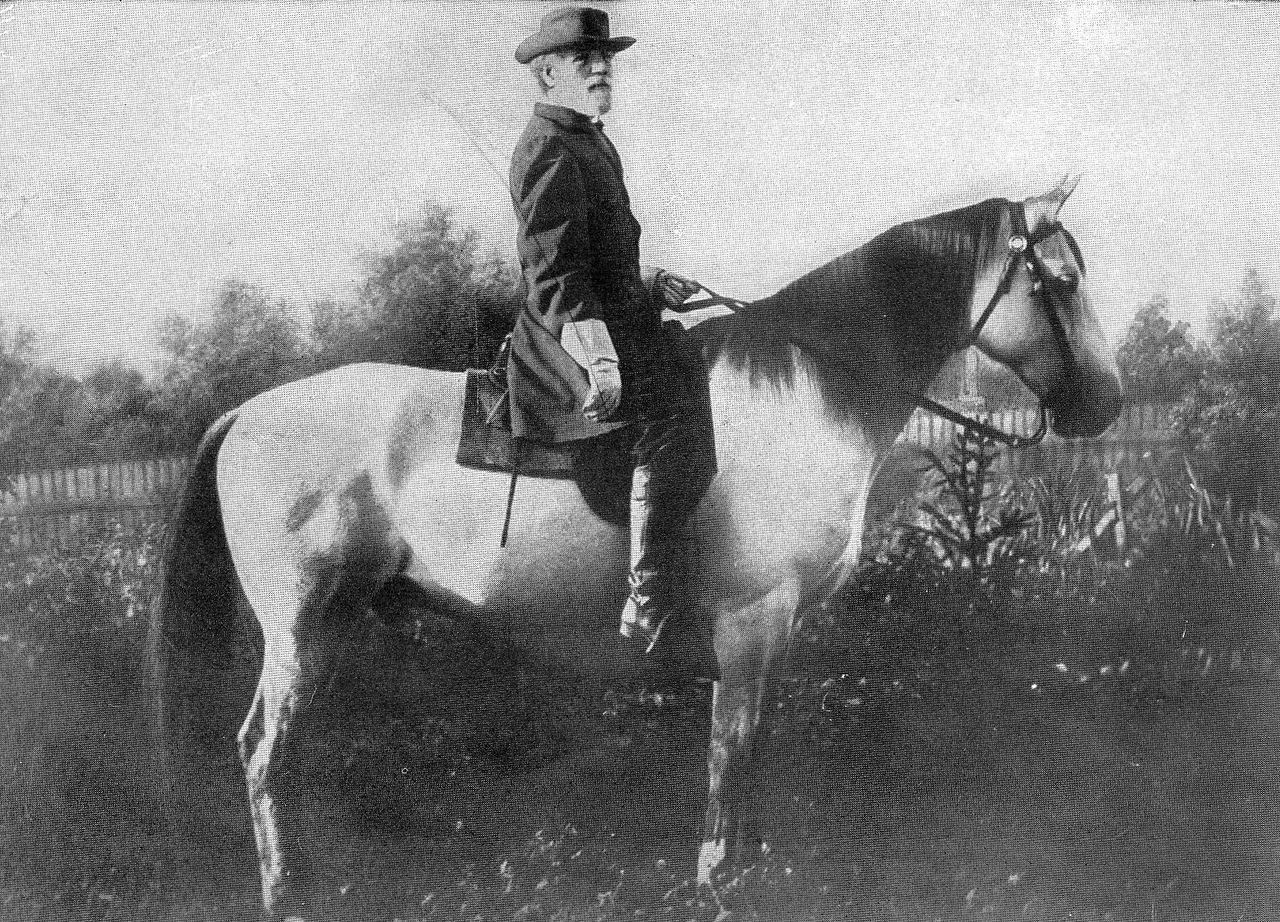The general’s favorite horse
-
May/June 1991
Volume42Issue3

Alexander had Bucephalus. Napoleon had Marengo. Robert E. Lee had Traveller. “As he rode majestically in front of my line of battle, with uncovered head and mounted on Old Traveller, Lee looked a very god of war,” wrote Gen. John B. Gordon, C.S.A., of his commander’s presence during the bloody days of the Wilderness campaign. The general had only to appear in front of his troops astride Traveller and the “most commonplace soldier was uplifted and transformed into a veritable Ajax.”
In the equestrian society of the South, where farmhands and gentlemen alike learned to ride almost before they could walk, it is hardly surprising that the horse of the Confederacy’s greatest warrior should be apotheosized along with the man himself.
In contrast to Ulysses S. Grant’s Cincinnati, an undistinguished-looking and slightly rumpled bay, Traveller was a noble animal. After the war Lee once wrote to a friend who had proposed to paint the horse: “If I were an artist like you, I would draw a true picture of Traveller; representing his fine proportions, muscular figure, deep chest, short back, strong haunches, flat legs, small head, broad forehead, delicate ears, quick eye, small feet and black mane and tail. Such a picture would inspire a poet, whose genius could then depict his worth and describe his endurance of toil, hunger, thirst, heat and cold, and the dangers and sufferings through which he has passed. He could dilate upon his sagacity and affection, and his invariable response to every wish of his rider. … But I am no artist … and can therefore only say that he is a Confederate grey.”
Traveller was foaled in 1857, in Greenbrier County, Virgina. As the bloodlines of a horse are, in the South at least, as important as a man’s, great care has been taken to determine that Traveller’s origins were worthy of his rider—but in fact his ancestry has never been determined.
Lee acquired Traveller in the spring of 1862. One day, at the Battle of Sewell Mountain, he noticed a young officer riding a handsome four-year-old grey. He inquired about the horse, which was named Jeff Davis at the time, and learned that its owner had already promised him to a Maj. Thomas L. Broun. The officer immediately offered the grey to General Lee, certain that Major Broun would concur, but the general insisted that tho original bargain be honored. However, during the following campaign, Lee saw the animal so often that he began to refer to it as “my colt.”
Later in the war, when the fighting had shifted to South Carolina, Lee again saw the horse, this time being ridden by Major Broun’s brother while the major was ill. Lee renewed his inquiry, and naturally. Major Broun told his brother that he would be happy to make a present of the horse. Equally naturally, Lee declined the offer and finally the major agreed to sell the horse for $175 in gold, the price he had originally paid. Lee accepted.
The general continued to ride the horse, whom he rechristened Traveller, throughout the rest of the war. Lee eventually acquired two more horses, Lucy Long and Ajax, but rode them seldom, and then only to rest Traveller. The creature’s “short, high trot” would have proved uncomfortable for a less accomplished horseman, but Lee never even needed to touch him with a whip or spurs.
When tho general became president of Washington College in 1865, Traveller went along. The horse outlived his master by a year, dying of lockjaw in 1871. In 1907 his bones were disinterred and put on display in the Washington and Lee museum. They stayed there for more than half a century, until fashions changed and they were reburied 1962, not so far from Lee himself.

